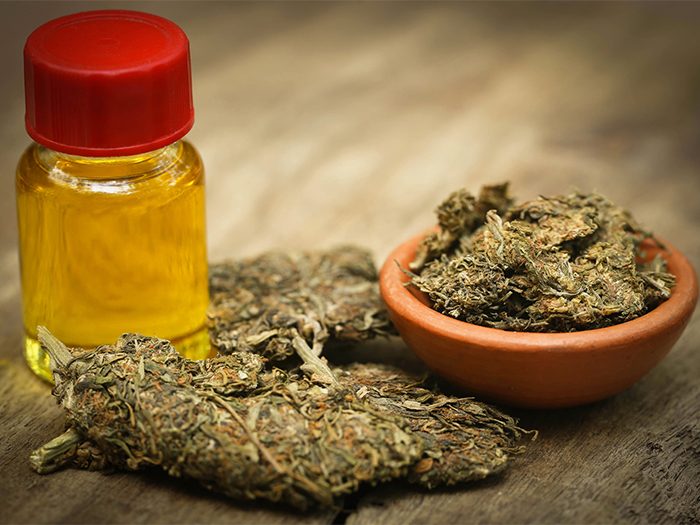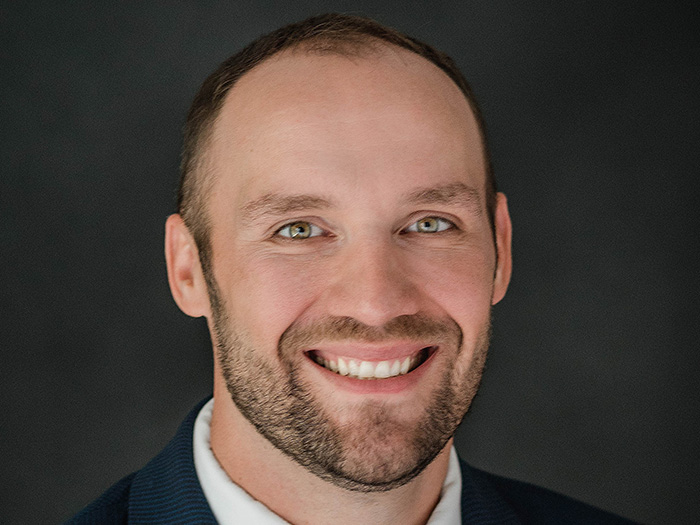Medical Marijuana
Solutions Needed for Marijuana Concerns

The steady march of medical marijuana legalization is leaving employers and workers’ comp insurers in a tricky position — especially now that courts have begun to accept the substance as a covered medication for workers’ comp patients.
For starters, marijuana remains a Schedule 1 drug on the federal level, which means payers can run afoul of the law if they purchase it for an injured worker. There’s also no concrete way for payers to control the dosage.
So far, there have been no easy answers, but some experts are actively thinking outside the box. Safety National embarked on a pilot project aiming to bring the industry closer to solutions.
The St. Louis-based workers’ comp carrier is currently participating in a pilot program with a third-party vendor that manufactures and distributes medical marijuana in the forms of patches or gel, said Sherri Hickey, Safety National’s assistant vice president of medical management.
When Safety National deems medical marijuana an appropriate treatment for an injured worker, working with this manufacturer changes the dynamic so that Safety National is not directly buying marijuana but purchasing a method of medicinal delivery — the patches or gel.
The carrier is legally allowed to pay for this service, and the manufacturer can be paid by check, unlike dispensaries, which can only accept cash because of marijuana’s federal drug classification.
The use of patches or gel as a delivery method allows the carrier to control the amount and type prescribed. The vendor employs nurse practitioners who evaluate a patient’s height, weight, diagnoses and other medications to determine the strain and dosage most appropriate for each individual. The vendor then works with the injured worker’s personal physician on a written treatment plan.
A Viable Alternative
Hickey said the conversation about how to approach medical marijuana has been ongoing at Safety National.
“A lot of jurisdictions are requiring workers’ comp to start covering medical marijuana as an option for injured workers, and judges are saying that is reasonable and appropriate and that you’ve got to pay for that,” she said.
But in practice, most payers are still largely in uncharted territory. Hickey said Safety National noticed on one large claim a young man was taking Dronabinol, a pharmaceutical manufactured synthetic cannabis.
“While it is a generic, it was still very expensive,” Hickey said. “So we thought, what if we gave the patient the real thing — what would that cost? We had several conversations with different sources and found that it is significantly less than the generic synthesized cannabis.”
Starting with that case, Safety National obtained input from experts in the field on how the carrier could address many of his medications in this category.
“That created a huge savings, and we said to ourselves, maybe this could actually work,” she said. “That’s where we started.”
The carrier found several injured workers in its book of claims purchasing medical marijuana on their own. They had previously been on large dosages of opioids, along with a range of medications needed to counter the side effects of the opioids. These workers stopped the other medications on their own and were using medical marijuana instead.
“There are studies showing that the states that have legalized marijuana have a 25 percent lower death rate from opioids than the states that have not. Coincidence? I don’t think so — I think there’s probably some meaning there.” — Sherri Hickey, assistant vice president of medical management, Safety National
“As a result, their pharmacy bills were extremely low or zero — and they were off all of their opioids,” Hickey said. “We said to ourselves, there is something to this.”
Safety National is conducting its pilot program on a case-by-case basis in jurisdictions that allow the use of medical marijuana for the patient’s particular condition, she said. The carrier is now looking at several additional injured workers who might benefit in replacing their opioids with medical marijuana.
“There are studies showing that the states that have legalized marijuana have a 25 percent lower death rate from opioids than the states that have not,” Hickey said. “Coincidence? I don’t think so — I think there’s probably some meaning there.
“Now that medical marijuana is becoming legalized in more states, there is more research going on that will soon be telling us the outcomes and benefits of medical marijuana and not just anecdotal information.”
There are now 29 states, Washington D.C., Puerto Rico and Guam that have legalized medical marijuana and there are another dozen or so states with pending legislation, she said.
“As more and more states pass these laws and more research is done, it will just be a matter of time [until] the federal government will change marijuana from a Schedule 1 drug,” Hickey said. “I predict that will happen within the next two or three years.”
Richard Krasner, who blogs on workers’ comp topics, said the Safety National pilot program “is a positive step.”
“It’s a good sign that they are willing to put themselves out there to see if there is a scientific basis for claims that medical marijuana has benefits,” Krasner said.
“If the use of medical marijuana in workers’ comp cases helps [injured workers] to avoid using opioids that would lead to worse outcomes, then I say go ahead and start doing that,” said Krasner, noting that opioid users are increasingly going down the slippery slope to heroin and eventually overdose.
Even if workers stay on opioids alone, they can get hooked, which keeps them wanting the drugs more and more, Krasner added.
Medical marijuana, by contrast, does not have the deleterious effects of the traditional smoked marijuana, which contains THC. Moreover, medical marijuana has been shown to improve outcomes for pain management like opioids — but without developing a dependency.
Impairment Concerns
Most employers are also worried about how they can maintain a drug-free workplace even while recovering workers may be using the drug. Zero tolerance policies and drug testing programs don’t align easily with medical marijuana use.
Hickey agreed that testing for marijuana is a challenge.
“Testing for the presence of THC from recreational marijuana has been around for a long time,” she said. “However THC is metabolized through the liver and remains in the liver for days or even weeks. So when someone is tested, it is only documenting that they smoked marijuana sometime in the past couple of weeks. It does not measure a level of impairment, it is just a matter of presence or not.”
However, the standard marijuana testing does not test for the presence of cannabidiol, or CBD, which it the most common type of medical marijuana, Hickey said. CBD is metabolized through the blood stream and leaves the body within 24 hours.
“There is no impairment from CBD as it has no psychotropic effect, so there is no need for impairment testing of CBD,” she said.
Interest Is Widespread
Dr. Tom Denberg, senior medical director at Pinnacol Assurance in Denver, said the carrier would be “very interested” to see what Safety National experiences with its pilot program.
“Like other carriers across the country, we are very intrigued about other effective treatment options for injured workers who are experiencing chronic pain,” Denberg said.
Currently, Pinnacol promotes minimal and more appropriate prescribing of opioids, encourages the use of non-steroidal anti-inflammatories as first-line therapy, and makes available a variety of complementary and alternative treatments that are helpful for some patients, including therapeutic massage and acupuncture, he said.
“We do suspect that medical marijuana is more benign and less addictive than opioids, but the science and clinical experience aren’t yet at a point that make us comfortable.” — Dr. Tom Denberg, senior medical director, Pinnacol Assurance
One of the challenges within the industry is that there’s still not a high level of evidence for the use of medical marijuana, and like many carriers, Pinnacol is very focused on utilizing evidence-based treatment guidelines, Denberg said.
“The level of evidence for the use of marijuana in the treatment of chronic, non-cancer pain is probably similar to the level of evidence currently available for opioids, but many stakeholders promoted opioids too aggressively and now we’ve gotten ourselves in a big mess,” he said.
If there was stronger evidence for the use of marijuana, more knowledge about effective dosing and more understanding about which patient groups benefit the most, workers’ comp programs could minimize the risk that marijuana could adversely affect large numbers of patients “in ways we don’t yet understand.”
“We do suspect that medical marijuana is more benign and less addictive than opioids, but the science and clinical experience aren’t yet at a point that make us comfortable,” Denberg said. “We’d like to see Safety National’s experience with the gels and patches.”
Denberg said marijuana’s Schedule 1 classification remains a point of concern for now.
“This is a primary reason we’ve decided not to use medical marijuana in workers’ comp programs at this time,” he said. “If this changes, it will be easier for us to consider programs like Safety National’s.” &











